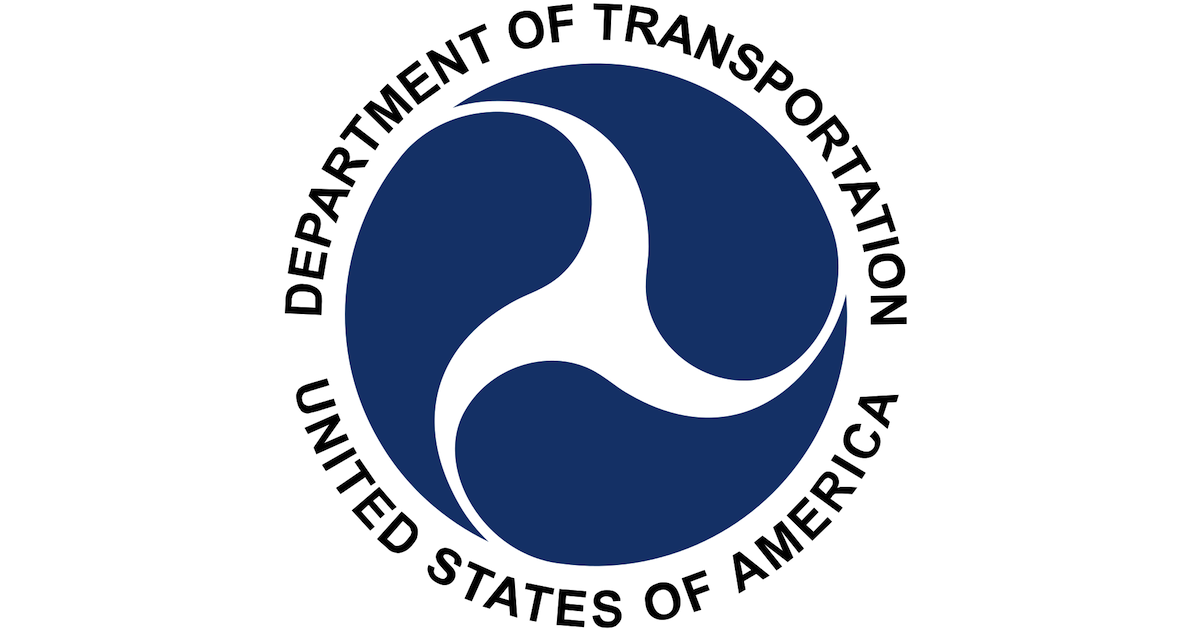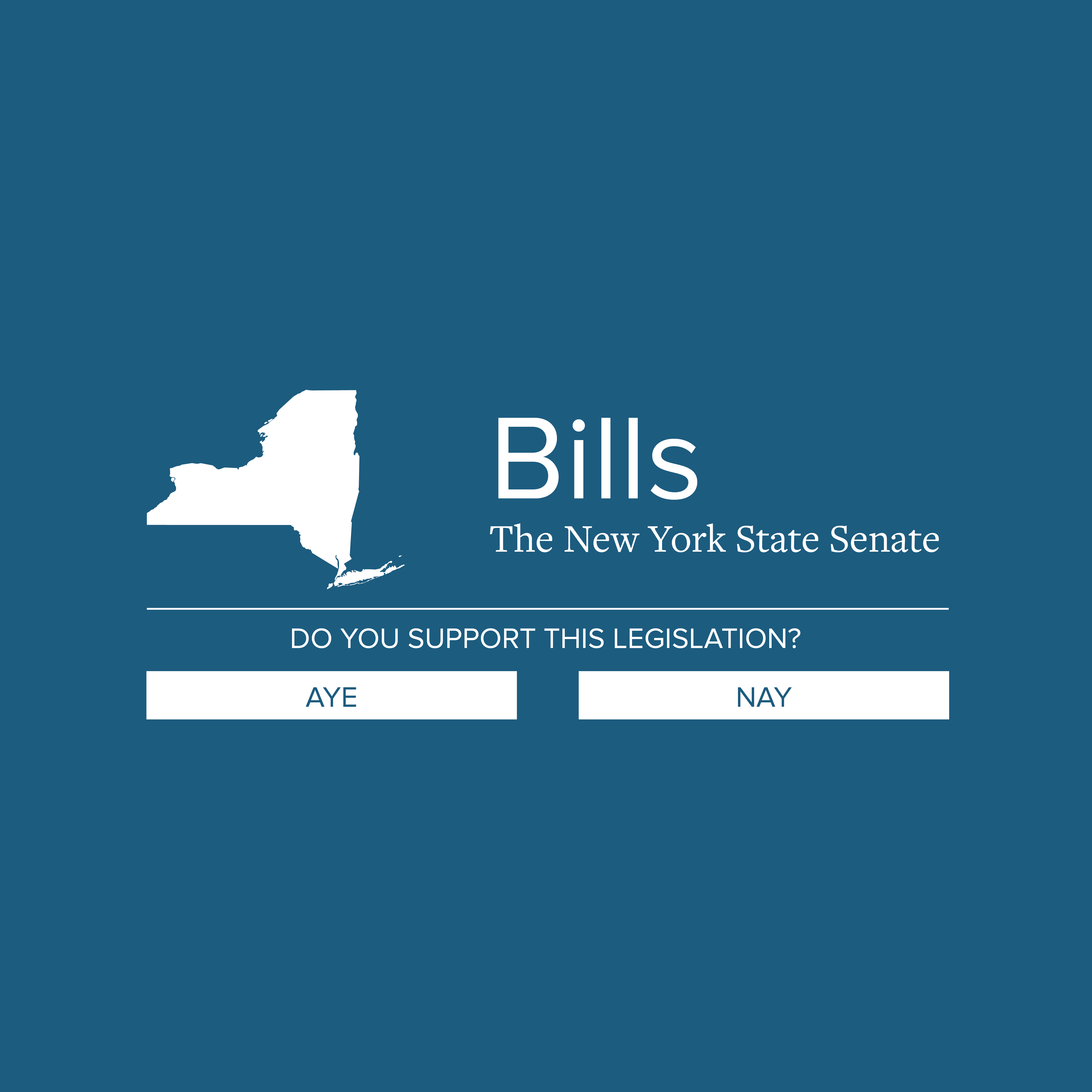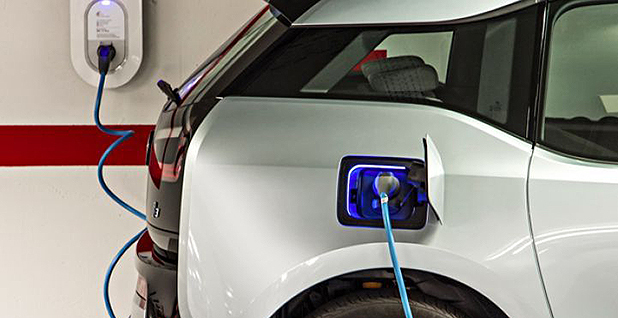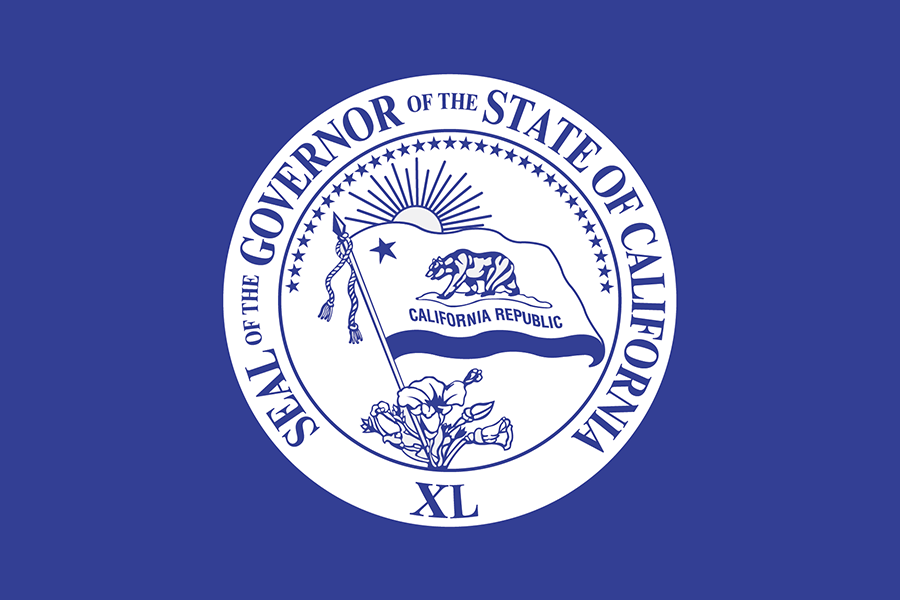For the back half of the 2010s, state governments were at the helm of transportation electrification funding and policy in the United States. Funding for EVs and EV charging exploded in 2018 with more than 95 percent of the $2 billion in all-time state government funding for EVs and EV charging occurring between 2018 and May 2021. Roughly $600 million has been allocated to the states through recurring federal programs like the Federal Low or No (Low-No) Emission Bus Program between 2015 and 2020. In most cases, states with the highest government funding for transportation electrification are also the states with the most supportive policies. This includes California, New York, New Jersey, and Washington, a group that claims 70 percent of all public funding for EVs and EV charging.
Public funding is a valuable lever for states to drive EV and charging adoption, especially for use cases like electric buses and trucks where there are fewer models available and the markets are not as developed as the market for passenger cars. Table 1 provides a closer look at the top 10 states for transportation electrification funding. Eight out of these are also among the top 10 states for all-time EV sales.
Table 1: Top 10 States for Public EV Funding
|
State |
Government EV Funding Committed |
VW Settlement EV Awards (% of total VW Awards) |
ZEV State |
MD/HD MOU State |
|
California |
$1.19 billion |
100% |
Yes |
Yes |
|
New York |
$488 million |
98% |
Yes |
Yes |
|
New Jersey |
$123 million |
100% |
Yes |
Yes |
|
Washington |
$61.9 million |
42%* |
Yes |
Yes |
|
Virginia |
$49.1 million |
100% |
Yes |
No |
|
Utah |
$42.1 million |
72% |
No |
No |
|
Maryland |
$39.9 million |
57% |
Yes |
Yes |
|
Colorado |
$39.1 million |
85% |
Yes |
Yes |
|
Massachusetts |
$35.0 million |
83% |
Yes |
Yes |
|
Illinois |
$33.7 million |
43% |
No |
No |
|
Nationwide |
$2.04 billion |
51% |
– |
– |
*58% of Washington’s Settlement awards to date have gone to hybrid-electric ferries.
The fact that eight of the top 10 states in Table 1 have joined the ZEV program and seven have signed the Multi-State Medium- and Heavy-Duty Zero Emission Vehicle Memorandum of Understanding (MOU) suggests a connection between policy and public funding. The MOU sets targets to electrify all new bus and truck sales by 2050, a goal that both California and New Jersey have sought to achieve by 2045 through the adoption of the Advanced Clean Trucks Rule. On the light-duty side, five of these states have taken some action to establish goals to electrify all passenger vehicle sales over the next decade or so. In California and Massachusetts, the executive branch has set goals to reach this target by 2035. New Jersey’s Department of Environmental Protection has recommended that the state implement a similar target. New York has passed a bill through both houses of the legislature setting targets to electrify all passenger vehicle sales by 2035.
Excluding federal programs, more funding has already been awarded to EVs in the first five months of 2021 compared to all of 2020. Awards made so far in 2021 represent 57 percent of the awards made in 2019, the highest year on record for state EV funding. EV charging awards make up the majority of state funding for transportation electrification since the beginning of 2018. Figure 1 shows the breakdown of EV awards from state funding programs over time and by project type between 2018 and May 2021.
Funding awards through the Volkswagen Settlement continue to serve as an important source of funding for transportation electrification in the United States. Across the country, $920 million in Volkswagen Settlement awards have been made, with 51 percent going towards EVs. This represents roughly 32 percent of the total amount allocated to the states, meaning that just under 70 percent of these funds remain unspent. In the case of both Colorado and Illinois, executive action has been taken to dedicated all remaining Settlement funding to EVs. Other states like Virginia, which was highlighted in the previous data story for policy leadership in 2021, have not issued a single Settlement award to fossil fuel vehicles. Figure 2 shows the amount of funding allocated by fuel type and the spread across the past three years.
Funding is likely to increase across all categories as states continue to award Settlement funds and more EV and charging projects are awarded funding through open public requests. New York issued a recent public request for proposals (RFP) for EVs with the launch of the $85 million Clean Transportation Prize Initiative in April 2021. Nationwide, the State Policy Dashboard is tracking 19 open RFPs as of May 25, 2021 and seven public comment periods. A majority of the open requests are for projects funded by the Volkswagen Settlement and they are predominantly focused on medium- and heavy-duty vehicle programs. Figure 3 shows the distribution of open public requests around the country as of May 2021 and trends over time between 2018 and 2021.
Figure 3: Open Public Requests as of May 2021 And Trends over Time
There are 19 open public requests related to transportation electrification as of May 2021. Darker shades indicate states with more open requests. Public comments have gone down and requests have gone up since 2018 as states finalized Volkswagen Settlement plans and began awarding funds.
Tracking requests gives a sense for where new funding will fall and which technologies are positioned to see increased state support. For example, Florida closed an RFP for electric school buses in January 2021. The $57 million pilot is funded through the state’s Volkswagen Settlement allocation and will make the state the second largest funder of electric school buses after California, which has contributed more than $179 million in public funding to this technology.
As is the case with all of the data on the EV hub, support from our users helps us make sure each dashboard is up to date. If you have feedback on this new State Policy Dashboard, you can submit that on the dashboard page. If you are aware of a missing policy, funding award, or public request, you can submit those to the EV Hub here.
Related Content on EV Hub
Learn More










P.O. Box 2815, Sacramento, CA 95812








